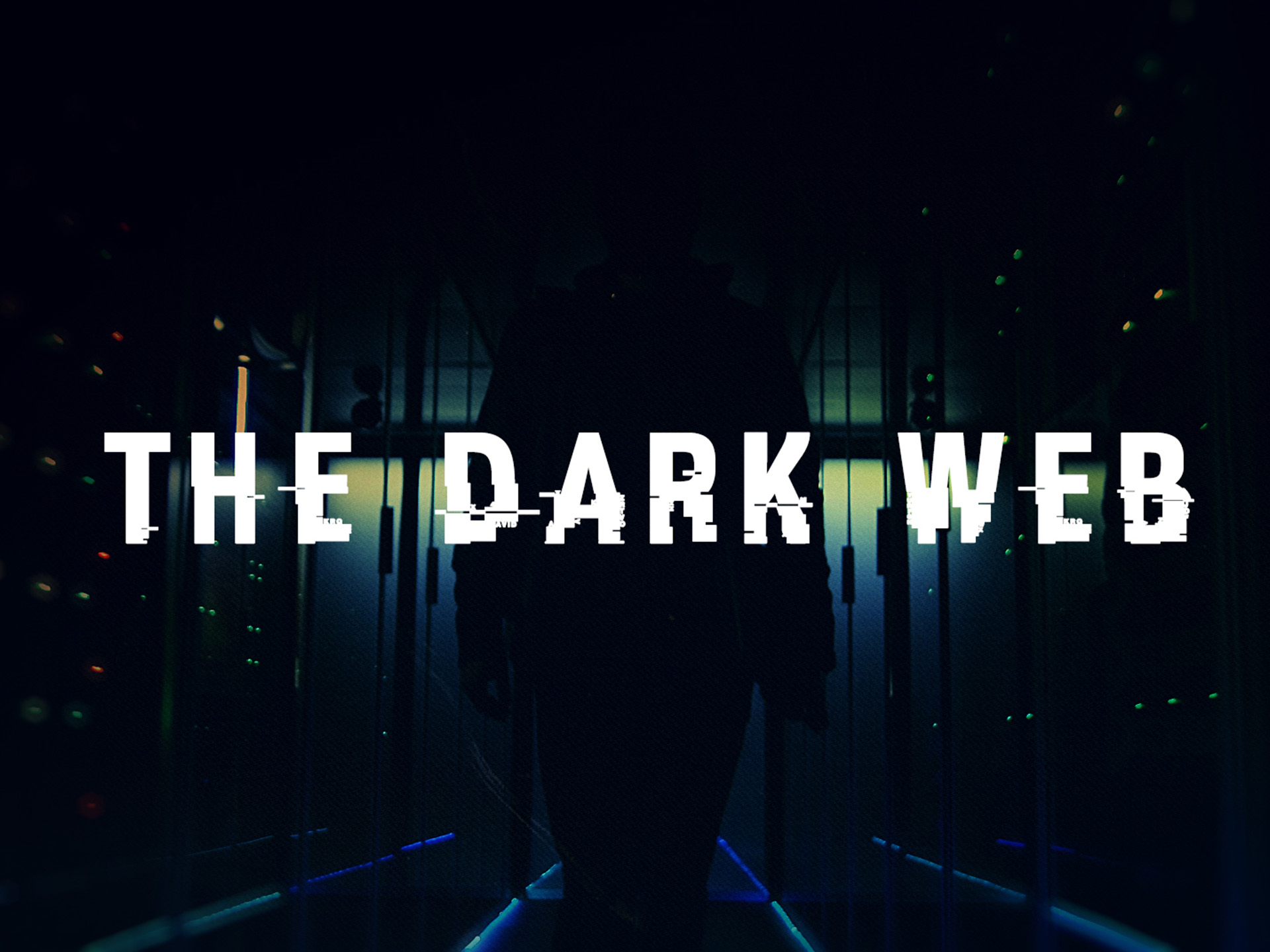Beneath the familiar world of Google, Facebook, and YouTube lies a hidden layer of the internet one that doesn’t appear in search results, is not indexed by regular browsers, and thrives on anonymity. This mysterious realm is known as the Dark Web, and it’s where the internet’s most dangerous activities often take place.
While the Dark Web also hosts legitimate uses like whistleblowing and privacy protection it’s best known as the underworld of cybercrime, where stolen data, illegal goods, and hacking tools are traded in digital secrecy.
Let’s uncover how this hidden ecosystem works, how cybercriminals exploit it, and why cybersecurity experts spend countless hours monitoring its shadows.
Table of Contents
What Is the Dark Web?
The internet has three layers:
- Surface Web: The visible part we use daily accessible via search engines like Google.
- Deep Web: Hidden content like databases, private emails, or online banking portals not indexed by search engines.
- Dark Web: A small part of the Deep Web accessible only through special tools like the Tor Browser, designed to hide user identity and location.
According to Europol’s Internet Organised Crime Threat Assessment, the Dark Web makes up less than 0.01% of the total internet, but its impact is massive. It enables a thriving black market that fuels global cybercrime.
How it Works
The Dark Web operates through layers of encryption and anonymity. Tools like Tor (The Onion Router) route internet traffic through multiple servers worldwide, hiding users’ IP addresses. This makes it nearly impossible to trace who’s behind a message or transaction.
Dark Web marketplaces function similarly to e-commerce platforms, except they sell illegal products stolen credit cards, hacked data, counterfeit passports, malware, and even weapons. Payments are typically made using cryptocurrencies like Bitcoin or Monero for untraceable transactions.
The Economy of Cybercrime
Cybercriminals on the Dark Web have built a full-fledged economy. Here’s how it works:
- Data Brokers: Hackers steal personal or corporate data and sell it in bulk.
- Malware Developers: Create ransomware, phishing kits, and trojans for sale.
- Access Sellers: Offer entry into compromised systems or corporate networks.
- Service Providers: Offer “hacking-as-a-service” (HaaS) allowing anyone to hire hackers.
A report by Norton Cyber Safety Insights revealed that stolen data is alarmingly cheap credit card details can cost as little as $5, and entire identity packages (“fullz”) can go for under $30.
Common Criminal Activities on it
1. Data Breaches and Identity Theft
Stolen databases from banks, hospitals, or e-commerce sites often appear on Dark Web markets within hours of a breach. This data fuels financial fraud and phishing attacks.
2. Ransomware and Malware Sales
Hackers sell ready-to-use ransomware kits that anyone can deploy, even without technical knowledge. These kits are a key reason for the explosion in global ransomware attacks.
3. Illegal Goods and Services
From counterfeit currencies to fake passports and drugs, almost anything illegal can be bought with the right cryptocurrency.
4. Hacker Forums and Collaboration Networks
The Dark Web hosts private forums where cybercriminals share tools, techniques, and exploits. According to Forbes Tech Council, these underground communities act as training hubs for new hackers.
Law Enforcement and the Battle Against it
Despite its anonymity, law enforcement agencies have successfully infiltrated and shut down several Dark Web operations.
- In 2017, Operation Bayonet, led by Europol, dismantled the infamous AlphaBay and Hansa markets two of the largest illegal trading platforms online.
- The FBI and Interpol continuously monitor Dark Web forums to trace ransomware gangs and data leak sources.
- Tools like the Dark Web Monitor by CISA and Norton help organizations detect if their information has been leaked online.
These operations prove that while the Dark Web offers anonymity, it isn’t completely beyond reach.
Ethical Uses
Interestingly, the Dark Web isn’t entirely evil. Journalists, human rights activists, and whistleblowers use it to communicate safely under oppressive regimes. Platforms like SecureDrop allow anonymous tips to be shared without surveillance.
In fact, organizations like Tor Project emphasize that privacy and anonymity are fundamental rights it’s the misuse of these tools that creates ethical and legal challenges.
The Future of Monitoring
AI-powered threat intelligence tools are changing how cybersecurity experts track Dark Web activity. Modern systems can scan millions of forums, chats, and marketplaces to detect leaked data, malware, or attack plans before they strike.
According to IBM Security, integrating AI with Dark Web monitoring allows early detection of ransomware campaigns and stolen credentials enabling faster response and prevention.
In the coming years, companies will invest heavily in Dark Web Intelligence Platforms, turning the shadows of the internet into valuable insight.
Protecting Yourself
While most people never access the Dark Web, their data might already be there. To protect yourself:
- Use strong, unique passwords and enable two-factor authentication.
- Regularly monitor your credentials using a Dark Web scan tool.
- Avoid clicking on suspicious links or attachments in emails.
- Keep your systems and antivirus software up to date.
If you suspect your data has been exposed, act immediately change passwords, alert your bank, and enable identity protection services.
Conclusion
The Dark Web remains one of the most mysterious and dangerous parts of the digital world. It’s a parallel internet that thrives on secrecy, anonymity, and lawlessness. But thanks to advancements in AI-driven cybersecurity and global cooperation, law enforcement is gradually piercing through the shadows.
While you may never visit the Dark Web, your cybersecurity strategy should always assume it exists because that’s where stolen data, leaked credentials, and cybercriminal networks live.
In today’s connected world, awareness is the best defense. The more we understand the hidden layers of the internet, the safer we can keep ourselves and our organizations.
Also Check Future of Cybersecurity – Comprehensive Guide – 2025


1 thought on “The Dark Web Uncovered – Powerful Guide – 2025”